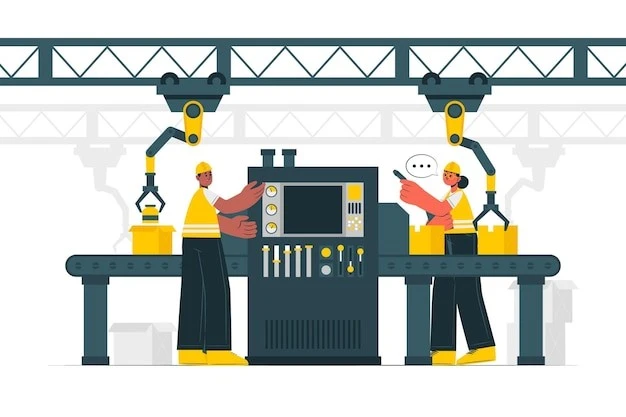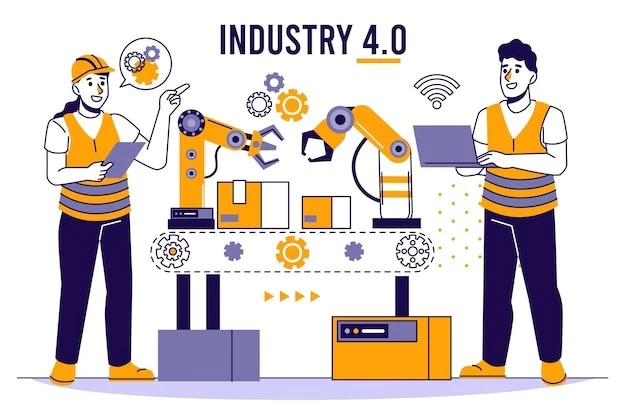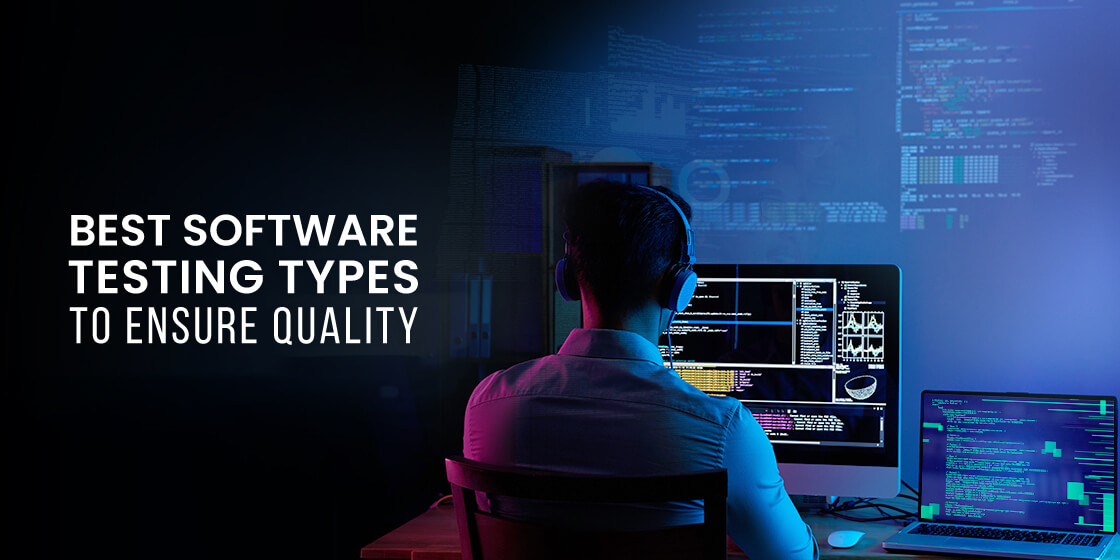Table of Content
Discover How Developing a Production Planning Software Is To Your Benefit
Knowing how to develop a production planning software in 2025 requires a deep understanding of the intricacies of manufacturing processes, the diverse needs of production teams, and the transformative potential of modern technologies.
It’s not simply about digitizing existing production workflows; it’s about creating an intelligent system that provides real-time visibility, predictive insights, and the flexibility to adapt to unforeseen challenges. From defining core functionalities and designing intuitive user interfaces to integrating with existing enterprise systems and incorporating advanced analytics, each stage of the development process demands careful consideration and a strategic approach.
In this comprehensive guide, we will dive into the essential aspects of how to develop a production planning software successfully, exploring its core definition, the critical importance it holds for businesses, the tangible benefits it offers, and the key features that enterprise software development services must prioritize to create a truly impactful solution for the manufacturing industry.
What is a Production Planning Software? A Detailed Exploration

A Production Planning Software is a specialized software solution designed to manage and optimize the manufacturing process, from raw material procurement to the final output of finished goods. It serves as a central hub for planning, scheduling, and controlling production activities, providing manufacturers with the tools necessary to allocate resources effectively, meet customer demand, and improve overall operational efficiency.
Unlike generic project management tools, production planning software is tailored to the specific needs and complexities of a manufacturing environment, taking into account factors such as bill of materials (BOMs), machine capacities, labor availability, lead times, and production constraints.
At its core, production planning software enables manufacturers to create detailed production schedules that outline what needs to be produced, when it needs to be produced, and what resources (materials, labor, machinery) are required at each stage of the process. This involves forecasting demand, planning production runs, managing inventory levels, and coordinating activities across different departments, such as purchasing, production, and logistics. Moreover, with IoT in manufacturing becoming more common, it also helps businesses manage that.
The software often incorporates algorithms and optimization techniques to generate efficient schedules that minimize idle time, reduce bottlenecks, and ensure timely delivery. Furthermore, it provides real-time visibility into the production process, allowing managers to track progress, identify potential issues, and make necessary adjustments on the fly.
Fuel innovation by leveraging bespoke software solutions. Get in touch with our team of experts to build cutting-edge software products.
Get a QuoteKey Modules in Current Production Planning Software
A modern production planning software, like these top options, typically comprises several key modules that work together to provide a comprehensive solution. These may include, but are not limited to:
- Demand Forecasting
- Master Production Scheduling (MPS)
- Material Requirements Planning (MRP)
- Capacity Planning
- Shop Floor Control
- Inventory Management
- Reporting and Analytics
The Importance of Production Planning Software

In the contemporary manufacturing landscape, characterized by intricate supply chains, demanding customer expectations, and the constant pressure to optimize costs, the importance of production planning software cannot be overstated. It moves beyond being a mere convenience to becoming a critical necessity for survival and growth.
- Enhanced Efficiency and Reduced Waste: Production planning software enables manufacturers to optimize their production schedules, minimizing idle time for machinery and personnel, and reducing the likelihood of production bottlenecks. Efficient scheduling and AI business process automation also contributes to shorter lead times and faster order fulfillment, improving overall operational efficiency and reducing waste in terms of time, resources, and materials.
- Improved Resource Allocation and Utilization: A robust production planning system provides manufacturers with a clear overview of their available resources, including machinery capacity, labor availability, and material inventory. By optimizing resource utilization, manufacturers can maximize output, reduce operational costs, and improve overall profitability. The software can also help identify potential resource constraints early on, allowing for proactive adjustments to prevent production delays.
- Better Visibility and Control Over Production Processes: Production planning software offers real-time visibility into the status of all ongoing production orders, the availability of resources, and potential deviations from the planned schedule. With a centralized system providing a holistic view of the production floor, manufacturers gain greater control over their operations, leading to improved predictability and responsiveness.
- Accurate Demand Forecasting and Inventory Management: Effective production planning relies heavily on accurate demand forecasting. This, in turn, enables them to plan production levels and manage inventory effectively, ensuring that they have enough stock to meet customer orders without incurring excessive holding costs or facing stockouts that could lead to lost sales and customer dissatisfaction.
- Improved Customer Satisfaction and On-Time Delivery: By optimizing production schedules, reducing lead times, and providing accurate delivery estimates, production planning software directly contributes to improved customer satisfaction. Furthermore, the enhanced visibility and control over the production process allow manufacturers to respond more effectively to unexpected changes in customer demand or potential disruptions in the supply chain.
Pros to Developing a Production Planning Software for Your Business

While off-the-shelf production planning software solutions are readily available, developing a custom solution tailored to the specific needs and complexities of your business can offer significant advantages.
- Tailored Functionality to Meet Unique Business Needs: Every manufacturing business has its own unique set of processes, workflows, and requirements. A tailored solution can address your specific production constraints, material handling procedures, quality control processes, and reporting requirements, resulting in a system that perfectly aligns with your business model and objectives.
- Seamless Integration with Existing Systems: Integrating a custom-built production planning software with your existing enterprise systems, such as ERP, CRM, and Supply Chain Management systems, can be significantly smoother and more efficient compared to integrating off-the-shelf solutions. This tight integration can provide a unified view of your entire business operations, leading to better data-driven decision-making and improved overall efficiency.
- Competitive Advantage Through Innovation: Developing a cutting-edge production planning software with unique features and capabilities can provide your business with a significant competitive advantage. This innovation can lead to lower production costs, faster time-to-market, and the ability to offer more customized products or services, ultimately attracting more customers and increasing market share.
- Scalability and Adaptability for Future Growth: A custom-developed production planning software can be designed with scalability and adaptability in mind, ensuring that it can evolve and grow alongside your business. This long-term flexibility can save significant time and resources in the future, providing a sustainable technological foundation for your business growth.
- Intellectual Property and Data Control: By developing your own production planning software, you retain complete ownership of the intellectual property and have full control over your sensitive production data. Owning your software provides greater security, customization options, and long-term strategic control over a critical aspect of your business operations.
Top Features to Prioritize When Building a Successful Production Planning Software

When embarking on the development of a production planning software, certain features are paramount for creating a truly successful and impactful solution for manufacturing businesses.
Real-Time Visibility and Shop Floor Data Collection
Providing real-time visibility into the production floor is crucial for effective monitoring and control. This real-time data should be presented in an easily understandable format, such as visual dashboards and status updates, empowering production managers to make timely decisions and address potential issues proactively. Integration with IoT devices can further enhance the granularity and accuracy of shop floor data. And it also helps with AI forecasting in business niches where business plans are made for decades rather than quarters.
Advanced Scheduling and Optimization Algorithms
The core of a successful production planning software lies in its ability to generate efficient and optimized production schedules. Features like finite capacity scheduling, bottleneck identification, and what-if scenario analysis can significantly improve schedule efficiency and resource utilization. Incorporating AI and ML techniques can further enhance these algorithms by learning from historical data and predicting optimal schedules under different conditions.
Robust Inventory Management and Material Requirements Planning (MRP)
Seamless integration of inventory management and MRP functionalities is essential for ensuring that the right materials are available at the right time and in the right quantities. Accurate MRP capabilities help to minimize material costs, reduce waste from overstocking or material obsolescence, and prevent production delays caused by material unavailability.
Intuitive User Interface and User Experience (UI/UX) Design
Despite the complexity of the underlying functionalities, the user interface of the production planning software should be intuitive, user-friendly, and tailored to the needs of different users. This includes everyone from production planners to shop floor operators. A positive user experience is critical for user adoption and the overall effectiveness of the software.
Seamless Integration with Other Enterprise Systems
As mentioned earlier, the ability to integrate seamlessly with other critical business systems, such as ERP, CRM, and SCM, is paramount. This integration ensures data consistency, eliminates manual data entry, and provides a holistic view of the entire value chain, from customer orders to final product delivery. Consider supporting industry-standard data exchange formats to facilitate interoperability.
FAQs
| What are some of the top production planning software in manufacturing? Some of the top production planning software options include: SAP S/4 HANA NetSuite ClickUp Odoo |
| What is a great production planning software for small businesses? For small businesses, options like Odoo and NetSuite are some great options. However, MRPEasy is one of the most highly recommended options when it comes to small production businesses. |
Conclusion
Knowing how to develop a production planning software in 2025 presents a significant opportunity for businesses to gain a powerful tool tailored to their unique manufacturing needs. By understanding the core functionalities, the importance of efficient production planning, and prioritizing key features, developers can create impactful solutions that drive tangible benefits for manufacturers.
While off-the-shelf options exist, the advantages of a custom-built system, including tailored functionality, seamless integration, competitive advantage through innovation, scalability, and data control, often outweigh the initial development investment. Ultimately, a well-developed production planning software acts as the intelligent conductor of the manufacturing process, orchestrating resources, optimizing schedules, and empowering businesses to thrive in the dynamic and demanding world of modern production.
Empower your digital initiatives with BariTechSol, a premier custom software development company. Our skilled team tailors cutting-edge solutions to your unique needs. Elevate your tech experience and stay ahead in the digital realm. Partner with BaritechSol and code the success of your next big idea.


